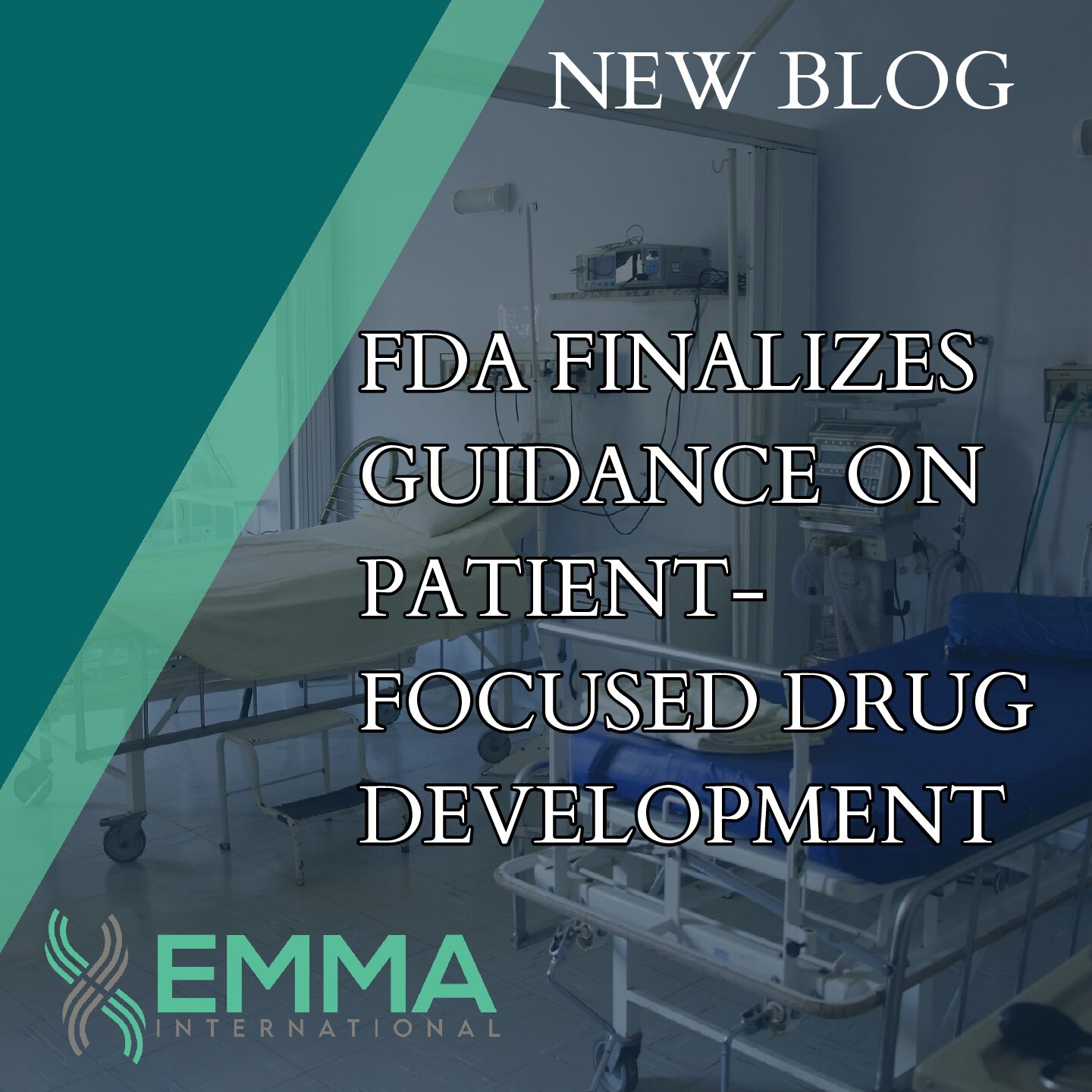Aseptic processing in manufacturing of sterile drug products is possibly the most difficult and challenging process within the pharmaceutical industry.
Many controls are well-designed and put in place to help drive and maintain the quality of the sterile drugs produced by aseptic processing. Perhaps one of the most important controls is the environmental monitoring (EM) program. The main purpose of the program is to document the state of control of the facility and aseptic process; however, it does not determine the quality of the finished drug product.[1]
EM is designed to potentially identify any routes of contamination which allows a prompt implementation of corrections before product contamination occurs.[2]
According to the FDA guidelines, all environmental monitoring locations should be described in written standard operating procedures (SOP) with sufficient detail to allow for reproducible sampling of a given location surveyed. The following elements should be addressed in the SOP:
(1) frequency of sampling
(2) when the samples are taken (i.e., during or at the conclusion of operations)
(3) duration of sampling
(4) sample size (e.g., surface area, air volume)
(5) specific sampling equipment and techniques
(6) alert and action levels
(7) appropriate response to deviations from alert or action levels
Currently there are three acceptable methods that are utilized to monitor the microbiological quality of an aseptic environment.2
- Surface monitoring requires the contact sampling of various surfaces in the manufacturing area to be tested on a regular basis.
- Active Air Monitoring is the assessment of microbiological quality of the air. This is carried out by a verified and validated device that can actively pull in air from the environment to evaluate the aseptic processing areas where the sterile drug is being produced.
- Passive Air Monitoring applies settling petri dishes that contain nutrient growth medium are exposed to the environment and only microorganisms that settle onto the agar surface are detected.
Environmental monitoring is a comprehensive and critical laboratory control in sterile drug manufacturing and provides very crucial and meaningful information on the microbiological quality to the aseptic process. If you need support to develop an effective EM program for your aseptic process, the experts at EMMA International can help! Contact us at 248-987-4497 or email us at info@emmainternational.com to learn more.
[1] Sutton, S. (2010). The environmental monitoring program in a GMP environment. Journal of GXP Compliance, 14(3), 22-30.
[2] U.S. Food and Drug Administration (October 2004). Guidance for Industry: Sterile Drug Products Produced by Aseptic Processing — Current Good Manufacturing Practice. Retrieved from https://www.fda.gov/regulatory-information/search-fda-guidance-documents/sterile-drug-products-produced-aseptic-processing-current-good-manufacturing-practice






